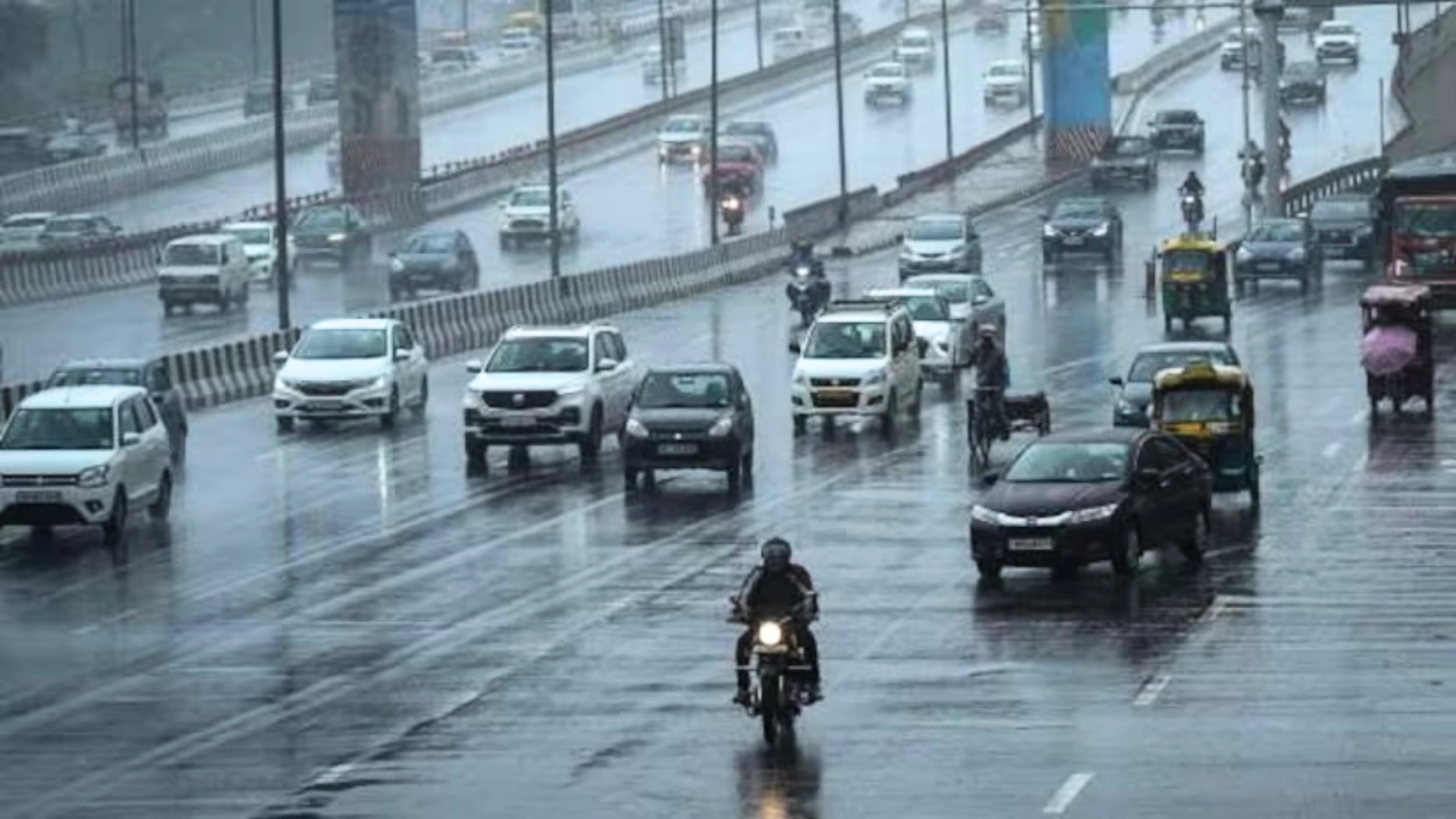The Northern Lights, also known as the aurora borealis, may be visible again this week, with a notable increase in activity anticipated due to recent solar eruptions. The National Oceanic and Atmospheric Administration (NOAA) has issued a strong geomagnetic storm watch for Thursday, signaling an exciting opportunity for skywatchers across northern and midwestern states.
Geomagnetic Storm Watch Upgraded
NOAA has upgraded its initial moderate G2 geomagnetic storm watch to a strong G3 alert for Thursday. This upgrade indicates a significant increase in Northern Lights activity, with the aurora expected to become particularly bright and widespread. The aurora’s Kp index, a measure of geomagnetic activity, has been elevated to seven, suggesting that the aurora will extend further from the poles and exhibit enhanced brightness and activity.
The heightened geomagnetic activity is attributed to a coronal mass ejection (CME)—an eruption of solar material— that occurred early Tuesday. This CME has elevated the levels of geomagnetic activity, potentially making the Northern Lights visible across a broader region.
Where to See the Northern Lights
While predicting the exact visibility of the Northern Lights can be challenging, NOAA suggests that Thursday night’s display may be most prominent in Canada and Alaska. However, the aurora may also be visible in several continental U.S. states, including Washington, Oregon, Idaho, Montana, Wyoming, North Dakota, South Dakota, Nebraska, Minnesota, Iowa, Wisconsin, Illinois, Michigan, New York, Vermont, New Hampshire, and Maine.
Tips for Viewing the Northern Lights
For optimal viewing of the Northern Lights, consider the following tips:
- Timing: The Northern Lights are typically most active between 10 p.m. and 2 a.m. local time.
- Location: Seek out locations as close to the poles as possible and away from city lights to minimize light pollution.
- Weather: Check weather forecasts to ensure clear skies for the best visibility.
- Elevation: Higher vantage points, such as hilltops, can offer improved viewing conditions.
How to Photograph the Northern Lights
Smartphone cameras are often capable of capturing the Northern Lights, even if the display is faint. For better results, use night mode on your smartphone to increase exposure. For those traveling to regions like Iceland, known for frequent aurora sightings, this setting can help enhance your photos of the celestial phenomenon.
Solar Activity and Aurora Forecast
The current surge in geomagnetic storms is part of Solar Cycle 25, an approximately 11-year cycle of solar activity that began in December 2019. NASA forecasts that this cycle will peak between late 2024 and early 2026, with an expected maximum of 115 sunspots—regions of intense magnetic activity on the sun’s surface that drive geomagnetic storms. Although the cycle’s peak has not yet been reached, solar activity has been more vigorous than anticipated, suggesting a likelihood of additional geomagnetic storms in the lead-up to 2026.
As this cycle continues, sky watchers should remain alert for further opportunities to witness the breathtaking beauty of the Northern Lights.


















